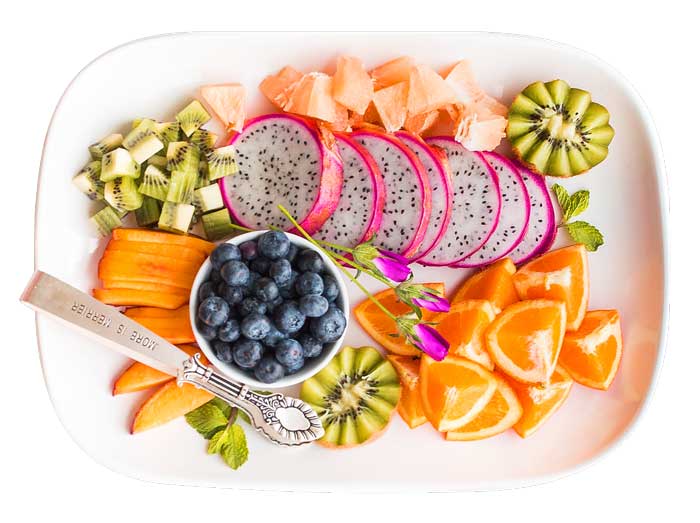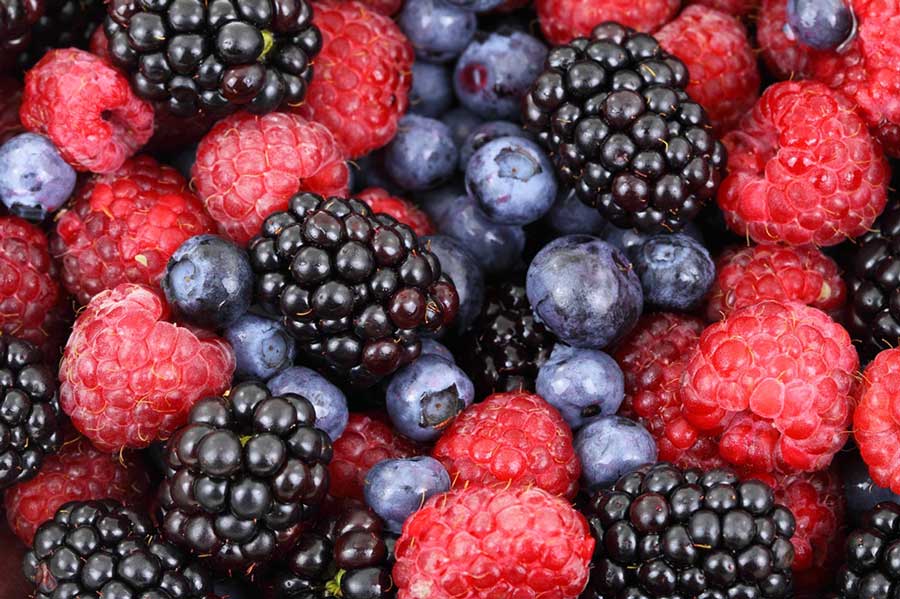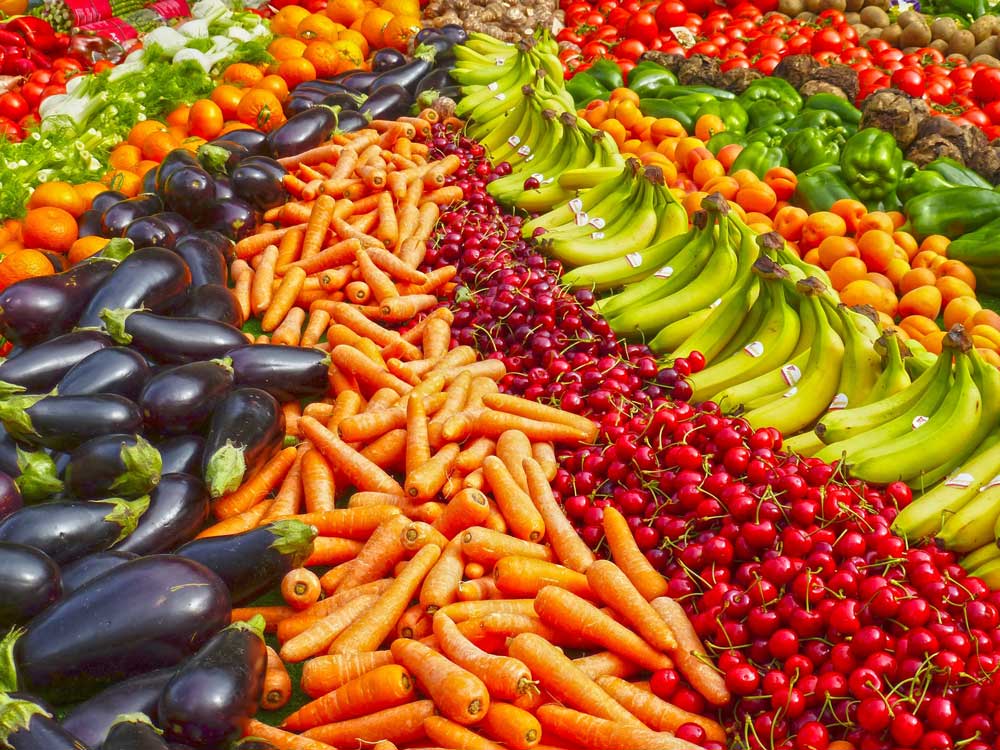5 – Things you should know about Fiber Foods.
Today you will learn how fiber foods can change your life
The first definition of fiber was: “not available carbohydrates“. The expression is not so correct because “unavailable” can lead us to think “what can I do with it?”.
Today we know, that some components of the fiber food can be metabolized by the organism, because the intestinal bacterial flora, possesses the enzymatic capacities to digest them. So, we can say that dietary fiber are vegetable parts that can not be digested directly by humans, but are useful for nourishing their intestinal bacteria.
fiber Food is really important! Not only for your digestive tract but for the health of your other organs also. A high fibre diet slows absorption of glucose (a type of sugar), from the small intestine into your circulatory system, reducing surges of insulin.
After some simple notions about fiber, here we are, 5 things you should know about fiber foods!
01. Fiber Food is not a nutrient
Dietary fiber is not an essential nutrient, but it exerts many functional and metabolic actions that make it an important component of the diet.
02. Importance of fiber food
Food fiber has effects mainly on the gastrointestinal tract: the sense of satiety, slowing of gastric emptying, slowing of the absorption of nutrients, decreased absorption of nutrients, effects on bacterial flora.
Optimal food fiber level on a diet seems to be around 30-35g/day (we always speak of average and indicative values) and obviously the income of food fiber is subjective. In some cases, the intake of higher amounts of food fiber (about 50-60 grams for example) are well tolerated, in others leads to negative effects and gastric discomfort.
03. What are the physiological effects of plant fiber?
The physiological effects of the food fiber are mainly (but not only) due to the physical properties of absorbing or retaining water. This action, carried out above all by cellulose and hemicellulose, involves an increase in faecal mass and an accelerated intestinal transit: the fibers increase the weight and volume of the faeces, decreasing their consistency and act as very important regulators of intestinal function.
04. Fiber foods and satiety
In obesity, dietary fiber has a specific and in many aspects essential role. The “satiating” effect of diets with a high content of dietary fiber is the most convincing demonstration of the benefits obtainable with the fiber.
05. Food fiber, where they are found
The dietary fibers can be found in different foods. Here is a list of foods containing dietary fiber:

Fresh fruit: like kiwis, apples, peas. Fresh fruit give you a good source of sugar (fructose), water, and a lot of vitamins, for example, you know which one has more Vitamin C between a kiwi and an orange? If you don’t know, kiwis have almost the double amount of vitamin C of an orange! They are not only a very good source of food fiber, they also provide a lot of Vitamin C, which is really important because it blocks the body aging and the destructive action of free radicals.

Dried fruit: almonds are so tasty, in a balanced diet i always keep them. They provide one of the best fat source almost at the same level of extra virgin olive oil. The quantity of food fiber contained in that food is more or less 12 grams per 100g, obviously eat 100 grams of almonds is not the best thing, that you can do to be an healthier person!
Read 10 Tips for Permanent Fitness

Legumes both fresh and dried: Legumes are a really good source of protein. If you don’t love the meat or maybe are thinking about some vegetarin meals, legumes are the best food! Combining legumes with cereals (like pasta or rice) you will have a complete source of EAA (essential aminoacids).
Curiosity: The famous effect of the beans is related to the fiber. In fact, analyzing the beans, it was discovered that they contain a type of sugars that are not digested by the body as other nutrients, they resist in the upper gastrointestinal tract. The micro-organisms present in our intestint, feeding on these sugars start a fermentation process, that is, they produce gas. Something is dispersed between blood and feces, the rest ejected “noisily”.
Whole Grains: Pasta, rice, quinoa, oats, whole food contains more dietary fiber than the processed ones. Food like whole rice or pasta, also provide a source of energy that is longer in time than the same processed type of food.

Vegetables: Obviously vegetables are a great source of food fiber, for example, spinach, lettuce or onions. Who doesn’t love onions?
Conclusions about fiber foods:
Many believe that the fiber is basically bran, others that the food fiber only exercises activity on the gastrointestinal tract. They forget that the quantity and/or the type of food fiber is decisive in the explanation of the positive or negative properties.
Food fiber is not a single substance and as i said before it is not a true nutrient. It has multiple functions on different organs and apparatuses and has an important role (often documented with certainty, sometimes not) in the nutritional sciences.
There are real benefits in consequence of a rich diet in fiber as there are precise and demonstrable contraindications to the exaggerated use of fiber.
I hope that my article could help you to get a better idea of fiber food








You are a very clever individual!
Thanks for every other wonderful post. The place else may just anybody get that kind of info in such a perfect approach of writing? I’ve a presentation subsequent week, and I’m at the search for such info.
Wow! Thank you! I continually needed to write on my website something like that. Can I include a fragment of your post to my site?